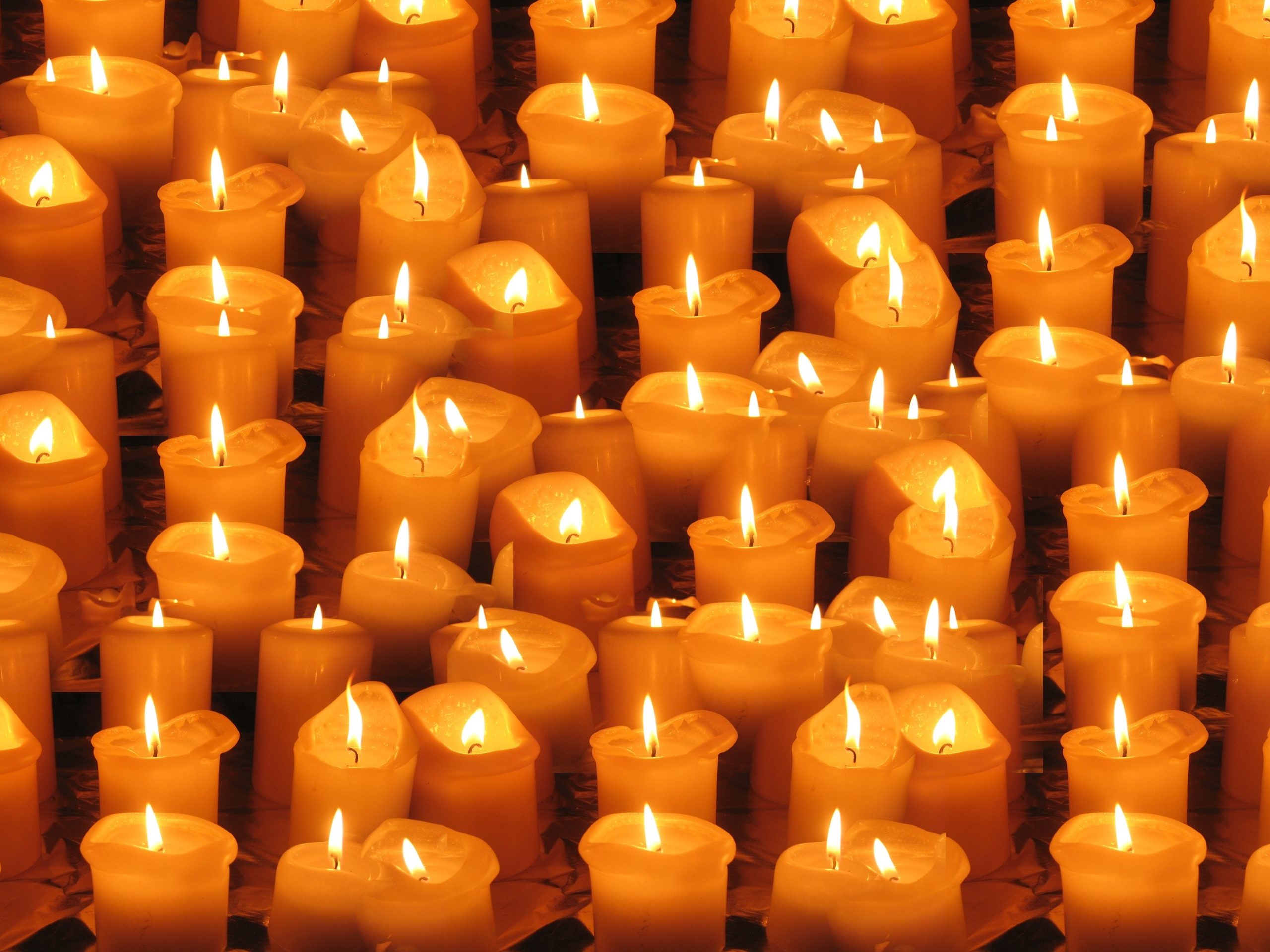I’ve Lost Someone to Suicide

Coping with the loss of someone you love is always difficult and can be overwhelming. Losing someone you love to suicide often makes grief more difficult and confusing. You may feel guilty for not recognizing warning signs of suicidal behavior; you may wish you’d handled things differently.
We may never fully understand why someone we love has died by suicide, but there are things we can do to better understand our own feelings and cope with the loss.
There is No Right Way to Grieve Losing a Loved One to Suicide
If you’ve lost someone to suicide, it’s normal to feel a range of emotions. Initially you may feel denial, shock, sadness, hopelessness, shame, or even feelings of anger. It’s also common to feel angry with your loved one for leaving you. All of these feelings are valid.
You may also be angry with yourself, or others in your circle, for feeling like you missed the warning signs of suicidal behavior. When you feel this way, it is important remind yourself that suicide is no one’s fault and that the road that led your loved one to this place was likely long and complicated.
There’s no time frame for “getting over” grief and no one “right” way to grieve. While the intensity of shock and loss may slowy ebb away over time for some, it is also common to experience intense reactions during the weeks and months following a loved one’s suicide – including nightmares, flashbacks, difficulty concentrating, and withdrawing from other loved ones or everyday activities. If you’re experiencing these kinds of strong reactions for several weeks or months, reach out for support for coping with the trauma of losing your loved one.
If in the wake of a loved one’s suicide you are feeling suicidal, text START to 741741 or calling 988 to have a free, confidential talk with a trained counselor anytime.
It’s Not Your Fault
When coping with your own feelings after a loss, you may feel like you are to blame. You may think things like, “Were there warning signs that I missed?” or “What if I had just made that phone call?”. While it’s natural to feel this way, it’s important to remember that you are not responsible for your loved one’s suicide.
Suicide is never the result of just one thing – when someone you love is struggling with suicidal thoughts, there’s no way to know exactly what’s going on in their mind or fully understand everything they’re coping with. This makes it impossible to know if you doing anything differently would have changed the outcome.
Your Loss Does Not Define You
When coping with grief, you might struggle with your own self-worth. You might wonder why your relationship wasn’t “enough” to keep your loved one from dying by suicide. It’s important to remember that the loss of a loved one does not define your worth, and their death does not define your whole relationship. It may help to remind yourself of happy memories and quality time you shared together, and to talk about your relationship with others in your support network or with a therapist.
Talking About Your Experience Helps
Coping with losing a loved one under any circumstances is difficult, but losing a loved one by suicide can feel even more complicated because of the stigma attached to suicide. If you feel like you can’t talk about your loved one and the way they died for fear they’ll be judged, you could end up feeling alone in your grief.
Letting shame, guilt, or fear stop you from talking about your experience can actually hinder your healing process in the long run. Here are some tips to think about when sharing your experience:
- Be prepared for painful reminders. Birthdays, holidays, and other significant events may trigger feelings of loss. If you’re comfortable, you can use these moments as opportunities to talk about your loved one. If it’s too painful, it’s okay to avoid these events when possible.
- Be aware of the language you use. Phrases like “commit suicide” can be seen as assigning blame, while phrases like “died by suicide” removes blame and presumed intent.
- Be prepared for people’s discomfort. Suicide is not a topic many of us discuss openly, and sometimes people don’t know what to say to a friend who’s grieving the loss of a loved one to suicide. If you share your story or take the lead in letting people around you know how they can best support you, it will help them respond in a comfortable and helpful way.
- Accept different shows of support. There is no one “right” way to express sympathy or show support for someone who’s grieving. Some people you talk to may offer logistical support, others may share their experiences. Some may simply say “I’m sorry.”
- It’s okay to disengage. If someone you talk to has a reaction that is unhelpful or triggering for you, it’s okay to end the conversation and find other outlets for sharing and healing.
Learning how to talk about suicide and sharing your own experience not only helps you, but it can also help others be more open about their own mental health struggles – and it can help lessen the shame and stigma around suicide.
It’s important to remember you are not alone in your grief. There are many ways you can find support while coping with a loved one’s suicide.
Lean on Your Support Network
Turn to people in your life who you trust, including family and friends, for emotional support. If you need time off from work or school while you are grieving, or other logistical support, talk to a manager, teacher, or administrator.
Find a Support Group
Support groups of others who have survived a loved one’s suicide can provide a safe place for you to express your feelings alongside others who are have been through similar experiences. Find a local suicide bereavement support group here.
Seek Therapy
Mental health professionals are trained to help us process grief after a traumatic event like suicide. If you are struggling with your feelings, may benefit from one-on-one counseling or therapy that can help you manage your grief and develop healthy coping skills.






